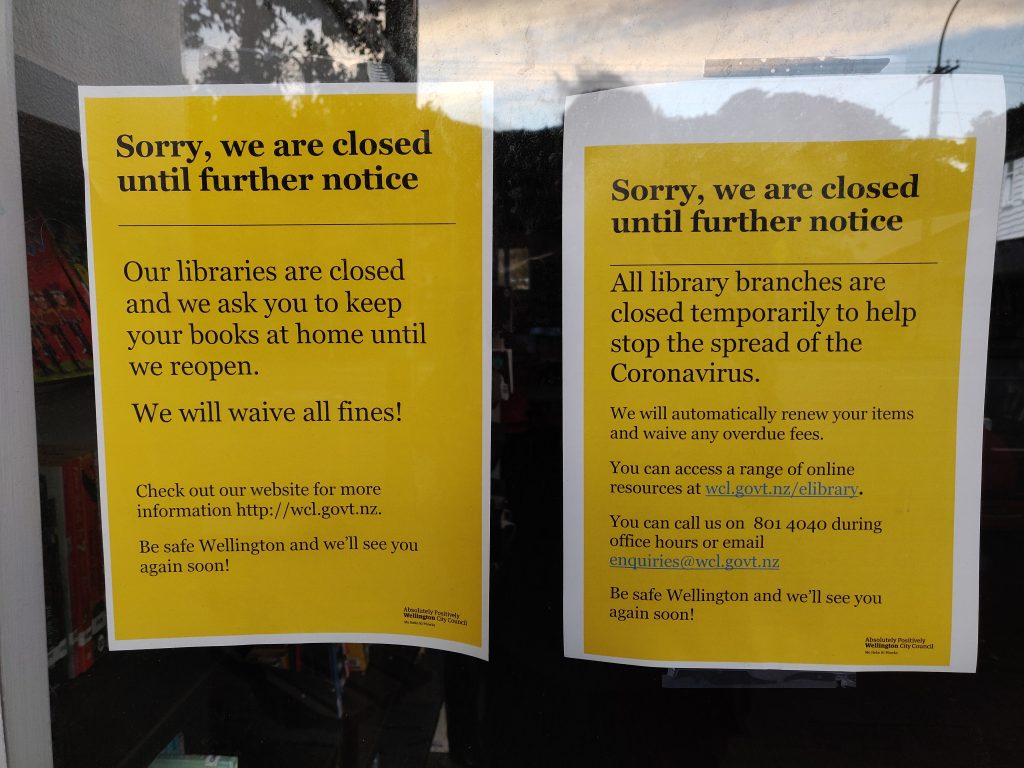
Trump Issues Executive Order Influencing Smithsonian Exhibits to Reflect Selective Historical Narrative

Title: Executive Order Reshapes Smithsonian Programming, Draws Criticism for Historical Revisionism
In a controversial move with sweeping implications for historical interpretation in the United States, former President Donald Trump issued an executive order on March 27, 2025, directing the Smithsonian Institution to abandon programming that centers on race, gender, and social justice. Ostensibly aimed at “restoring truth and sanity to American history,” the order has drawn criticism for promoting revisionist history and imposing restrictions on academic freedom.
The order brands critical examinations of systemic racism, sexism, and oppression in U.S. history as “anti-American ideology,” and accuses cultural and historical institutions of fostering “division and national shame.” Advocacy groups, historians, and cultural leaders have roundly criticized the order as an attempt to rewrite history and politicize educational institutions.
Understanding the Executive Order
The executive action specifically targets the Smithsonian Institution—a conglomerate of 21 museums, 14 research and education centers, and the National Zoo—limiting its autonomy despite the fact that it is not a federal agency in the traditional sense. However, with approximately 62% of its budget funded through federal allocations (over $1 billion for FY2024), the Smithsonian is significantly influenced by government decisions and appointments.
Under the new directive, Vice President JD Vance, a Trump appointee and member of the Smithsonian Board of Regents, has been granted the authority to withhold funding from exhibitions or content that, in the administration’s view, fail to “uplift American values.” Specifically, exhibits that “portray Western culture as inherently damaging or oppressive” are targeted for censorship or cancellation.
Targeting of Exhibitions and Museums
The executive order singles out several Smithsonian programs as examples of what it derides as “race-centered ideology.” Among them is the exhibition The Shape of Power: Stories of Race and American Sculpture at the Smithsonian American Art Museum. The exhibit critically examines how sculptures in American history have been used to advance narratives of white supremacy and racial hierarchy—a concept widely supported by contemporary scholarship.
Alarmingly, the executive order critiques the exhibit’s assertions that race is a social construct, instead promoting the erroneous and debunked claim that race has a biological basis. This stance aligns with pseudoscientific ideologies historically used to justify apartheid and racial discrimination.
Additional scrutiny falls on the National Museum of African American History and Culture, with the administration objecting to its examinations of how social and cultural norms—such as the nuclear family structure and individualism—have interacted with racial and class hierarchies.
Attacks on Gender Diversity and the LGBTQ+ Community
The order goes further by inserting gender ideology into its cultural critiques. It prohibits the Smithsonian from recognizing transgender identities or including “men in women’s exhibitions”—an apparent reference to debates around transgender participation in sports and public life. While citing a supposed upcoming exhibition at the Smithsonian American Women’s History Museum focused on transgender athletes, journalists were unable to locate such a program on the museum’s schedule, raising questions about the administration’s factual accuracy.
This follows a larger pattern across federal institutions. Just last month, the National Park Service removed references to transgender and queer people from its descriptions of LGBTQ+ historical milestones, including the 1969 Stonewall Rebellion.
Reinstating Removed Monuments
Further expanding the scope of the order, Trump mandated the U.S. Department of the Interior, under Secretary Doug Burgum, to reinstate public monuments removed since 2020. Many of these removals occurred during the Black Lives Matter protests, amid calls to take down Confederate statues and monuments that glorified historical figures with racist legacies.
According to the order, the removal of such statues is tantamount to erasing American heritage, despite the collective efforts by activists to confront the darker parts of U.S. history with honesty and integrity. Secretary Burgum was already leading a re-evaluation of national monuments, partly aimed at facilitating increased energy development on protected lands, generating additional concern about the politicization of public spaces.
Broader Impact on Cultural Institutions
This executive order follows earlier Trump administration efforts to dismantle diversity and inclusion initiatives within federal agencies and federally affiliated institutions. In January 2025, Trump mandated the elimination of all Diversity, Equity, Inclusion, and Accessibility (DEIA) programs, prompting institutions like the National Gallery of Art and the Smithsonian to close diversity offices and remove DEIA-related content from their websites.
The executive order threatens to undo decades of efforts by museums and cultural institutions to recognize, respect, and teach the nation’s full history—warts and all. It represents a stark reorientation from inclusive educational efforts toward a sanitized and ideologically driven version of history that omits systemic injustice.
Public and Political Response
Response to the order has been swift and polarized. Advocates for cultural equity and social justice have condemned the measure as an authoritarian overreach. “First Trump removes any reference of diversity from the present — now he’s trying to remove it from our history,” stated Rep.